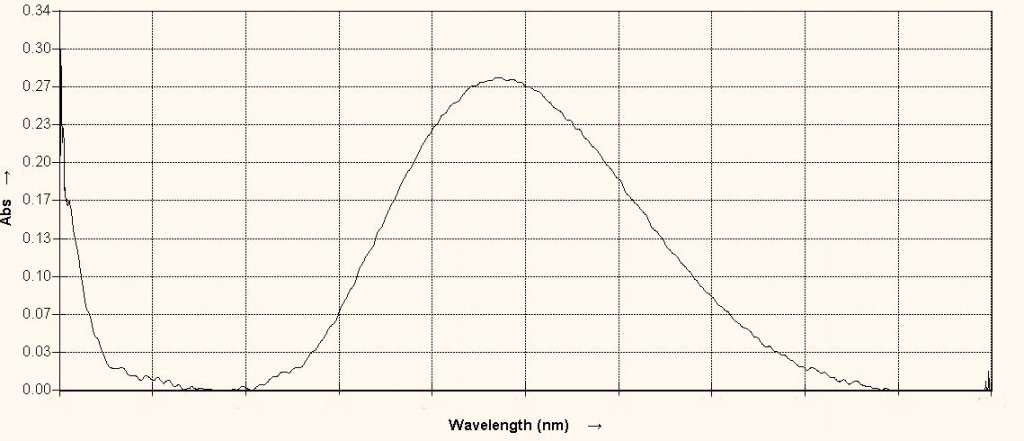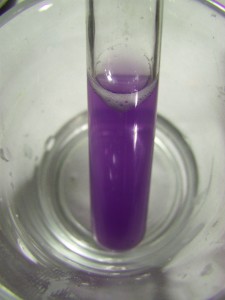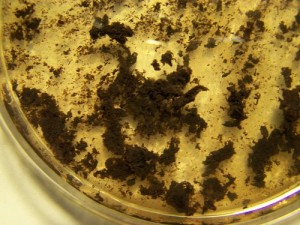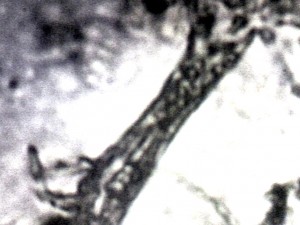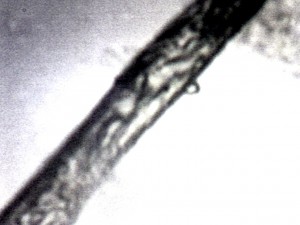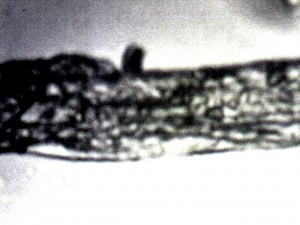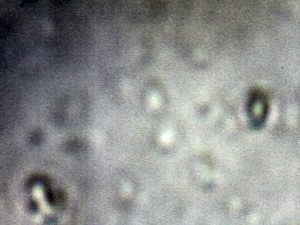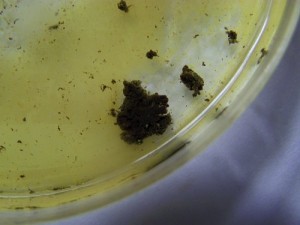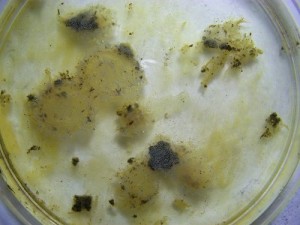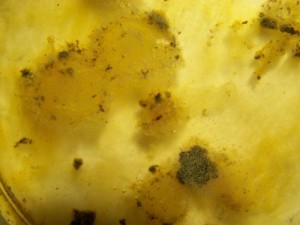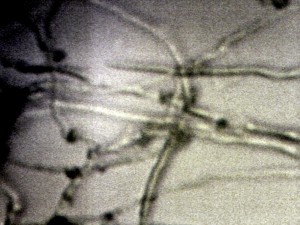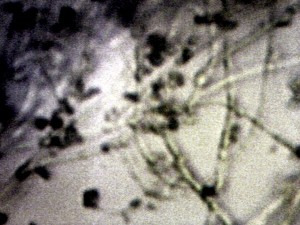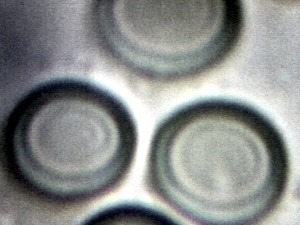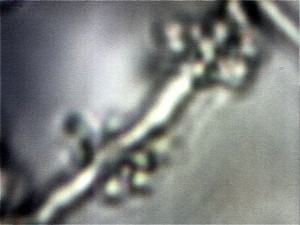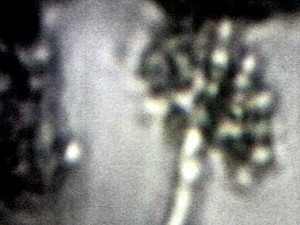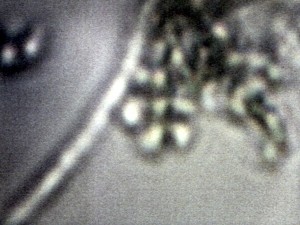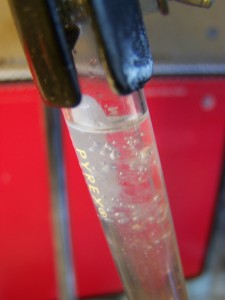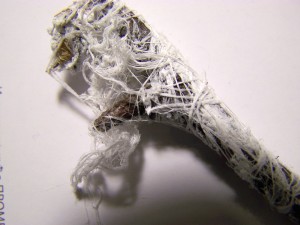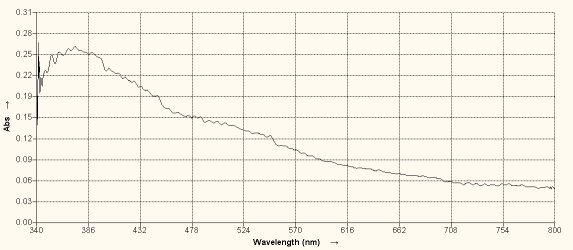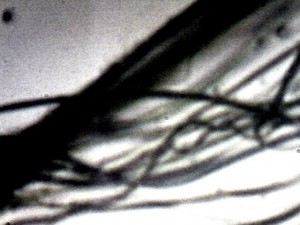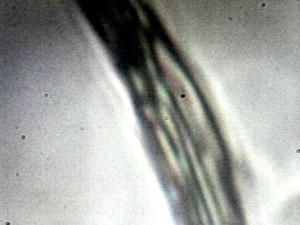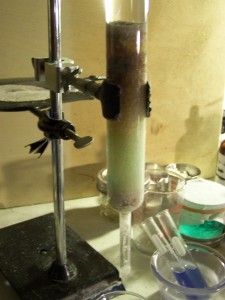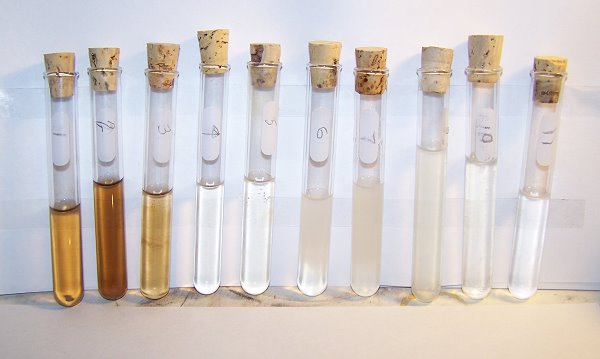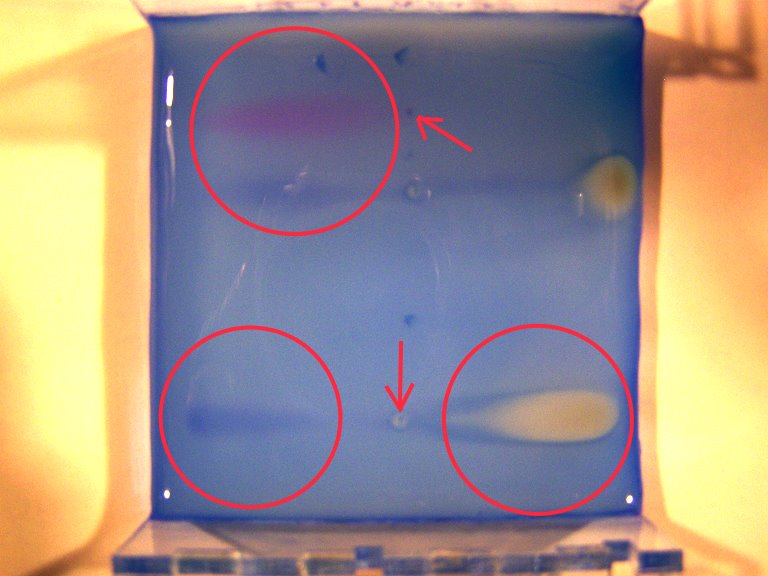MORGELLONS AND RECENT FINDINGS:
PART I : MORGELLONS : A REVERSAL STRATEGY
PART II : PROTEINACEOUS FORM IDENTIFIED
PART III : DIMORPHISM, SYMBIOSIS OR DESIGN
PART IV: MAGNETIC PROPERTIES OF THE GROWTH FORMS
PART V : DNA EXTRACTION
PART VI: THE SERBIAN SAMPLE
PART VII : COLUMN CHROMATOGRAPY
PART VIII : CONFERENCE VIDEO EDITING PROJECT
PART IX : CULTURE GROWTH RATE IMPROVED
PART X : ELECTROPHORESIS PROCESS BEGINSPART
XI : ANOTHER POSITIVE TEST METHOD FOR IRON (Fe+3) IN THE CULTURE
IN PROGRESS
Estimated Completion Date : Can Not Be Estimated At This Time
Clifford E Carnicom
Jan 2012
Note: I am not offering any medical advice or diagnosis with the presentation of this information. I am acting solely as an independent researcher providing the results of extended observation and analysis of unusual biological conditions that are evident. Each individual must work with their own health professional to establish any appropriate course of action and any health related comments in this paper are solely for informational purposes and they are from my own perspective.
PART I : MORGELLONS : A REVERSAL STRATEGY (Dec. 18, 2011)
A viable and tangible strategy to disrupt the growth process of the Morgellons condition, as it exists within the culture form that has been developed, has been established. This strategy involves the breakdown of certain chemical bonds within an identified proteinaceous complex in a manner that is not harmful to the human body. The reduction strategy also includes the release of iron that is held within the proteinacous complex in a chelated form. This strategy has been established with confidence and a repetition of results. The current work will be applied next directly to oral human samples. Much time, energy and resources will be required to further investigate, verify and apply this strategy. The preliminary results and the theories are promising at this stage.
To be continued
To be continued
PART II: PROTEINACOUS FORM IDENTIFIED
A note to the staff of the Institute tonight (Dec. 2, 2011); this will give some idea as to some of the work in progress…
The existence of a protein within the culture growths has now been established with confidence tonight. I had to do work to eliminate questions of potential contaminants that might have distorted the results. It is also a process of much patience with chromatography, literally drip by drip over many days for each test that is set up. It has taken about 1 1/2 to 2 months to get to this point.
Existence of a protein is eventually of equal importance as that of the iron work. We now have iron and the protein as two primary and identified constituents. This work will raise more questions that it answers, but we need to live with this for now until future means and equipment and methods work their way in. One more reliable way of putting a stop to this fellow is to truly understand the biochemistry and the life cycle of growth; there is then a better chance of interfering with that cycle in a known manner.
The existence of a protein means there is DNA behind it. As you can imagine, the work has actually just begun if we can get these means. Next questions would be what type of protein, what is the function of the protein(s), sequencing of the proteins, etc. Right along with it would be the isolation of DNA, electrophoresis work, etc. An infra-red spectrophotometer would be a very useful piece of equipment for us on an ongoing basis – we are having to work very hard to get certain results that would be more apparent with the right equipment.
I may put this comment on the paper to get the process started, otherwise I have so many to write I will never get to any of them at the current rate…
Clifford
A positive Biuret protein test result using a separation of elute from the chromatography column. The sample material is based upon a culture from oral filaments. The original extraction from the chromatography column is to the left; the positive Biuret result for the existence of a protein is shown on the right with the purple color. Successful separation on the column has been achieved using various combinations of solvents in combination with a stationary phase
A positive Biuret test result using whey (lactoferrin) protein for control purposes. A positive test results in the purplish color shown above. The Biuret test depends on a copper complex that forms between the protein (peptide bonds) and copper sulfate and an alkaline solution, such as sodium hydroxide.
PART III: DIMORPHISM, SYMBIOSIS OR DESIGN
The morphology, metabolism and life cycle of the “Morgellons” organism, as defined by this researcher, is increasingly being understood. There are now three scenarios that can be provided that encompass the majority of the understanding that has been achieved.
The first of these examines a similarity of form, at least in part, to a dimorphic fungal-like organism.
The second considers the joint existence of bacterial-like and fungal-like organisms in a symbiotic relationship.
The last raises the spectre of a genetically created or designed organism.
Each of these scenarios has certain strengths, weaknesses and probabilities of occurrence. There can also be a degree of overlap between these alternative interpretations. This paper will discuss what has been discovered, within these three scenarios, that helps us to potentially define the nature of this unusual organism.
PART IV: MAGNETIC (ELECTROMAGNETIC) PROPERTIES OF THE GROWTH FORMS:
The magnetic (and consequently, the electromagnetic) properties of the primary Morgellons growth form are now proven in a direct fashion. The video segments below show the response of both the culture derived form and the oral sample to a strong magnetic field. These demonstrations will call into consideration each of the papers written on the subject of electromagnetics by this researcher. One such topic will be the extended research that has been done that reveals the ambient presence of unaccounted Extremely Low Frequency (ELF) energy over a testing period of several years. The human electromagnetic system operates primarily within the ELF portion of the electromagnetic spectrum. The sensitivity and response of the Morgellons growth form to the electromagnetic spectrum is another of the many primary fields of research that requires funding, resources and skilled personnel to complete. The identified presence of iron and ferromagnetic compounds within the growth forms establishes the basis of this future research, along with the direct demonstration of the magnetic response shown below:
To be continued.
PART V: DNA EXTRACTION
To be continued.
PART VI: THE SERBIAN SAMPLE
To be continued.
PART VII: COLUMN CHROMATOGRAPHY
To be continued.
PART VIII : CONFERENCE VIDEO EDITING PROJECT
To be continued.
PART IX : CULTURE GROWTH RATE IMPROVED
To be continued.
X : ELECTROPHORESIS PROCESS BEGINS
Starch Gel Electrophoresis Applied to Proteinacous Samples : Initial Tests Underway
Starch Gel Electrophoresis : Trial Runs of Test Dyes and Blood Sample. Left photograph shows methylene blue dye migration towards the negative terminal. Arrows on right photograph depict origins of placement. Blood sample shows both positive and negative charged protein component separation at lower portion of right photograph. Eosin test case on upper left of right photograph; migration toward positive terminal Methods remain under development; no successful separation of presumed culture based proteinacous component at this time.
To be continued.
XI :ANOTHER POSITIVE TEST METHOD FOR FERRIC IRON (Fe3+) IN THE CULTURE
Another test method has been developed to detect and establish the presence of iron in the Fe3+ state within the culture growth that is based upon the oral samples. The test is positive. The further significance of this test is that it has been applied directly to the proteinaceous complex that has been extracted from the culture with the use of column chromatography. This further substantiates the case that the proteinaceous complex itself contains iron in the ferric state and that this iron is bound to certain amino acids that are under examination as candidates. It will be possible to determine the concentration of the iron within the proteinaceous complex through spectrometry. The test is based upon the use of ammonium thioglycolate.
Clifford E Carnicom
(born Clifford Bruce Stewart Jan 19 1953)




